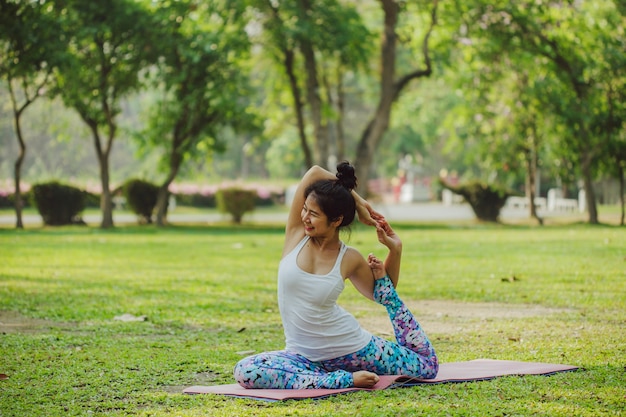

When I teach a refresher course on meditation, I often start by asking everyone to meditate for a few minutes while focusing on their breathing, as they usually do. After they’ve settled into their practice, I ask them to use one hand to “draw” the outline of what they consider “the breathing” over their body while still paying attention to their breath. You might want to try that now before reading any further.
I’m curious about the shape you drew and where you placed it. Most people end up drawing a very small area. Sometimes, they depict a column of air moving up and down their airways. Most often, they trace a small oval, roughly the size of an open hand, in the center of their chest.
Many people interpret “observe the breathing” as “observe the breath,” but these are two different things. The breath is the air (or the sensation of it) moving in and out of the body. Breathing, however, includes all sensations associated with the process of air flowing in and out. This can involve sensations throughout your entire body, including hands and feet, but it at least covers the trunk: the front, sides, and back of the chest and abdomen, the skin covering those areas, the shoulders, the spine, and the air passing through the airways.
When we focus on breathing in this broader sense, the practice becomes much more engaging. Concentrating on a small area doesn’t keep the mind busy enough, leading to distractions. When we pay attention to multiple sensations, the mind stays occupied and is less likely to wander, becoming more engaged and absorbed.
This deeper focus goes beyond just noticing various sensations. Once we open ourselves to observing the sensations of breathing throughout the entire body (or a large part of it), we can see how these sensations connect and move together.
After all, breathing is a single process. Regardless of which sensations we focus on, they are all part of a unified wave of movement driven by the diaphragm. This includes the air flowing through the nostrils, the rise and fall of the shoulders, the changing sensations where our clothing touches the skin, the movements in the spine, and the rib cage and abdominal muscles moving. All are part of a wave of sensation flowing through our being.
Paying attention to the breathing as a whole-body, dynamic rhythm is far more engaging than focusing on just one area. It allows for deeper absorption, making us feel content, calm, and fully immersed in our sensory experience.